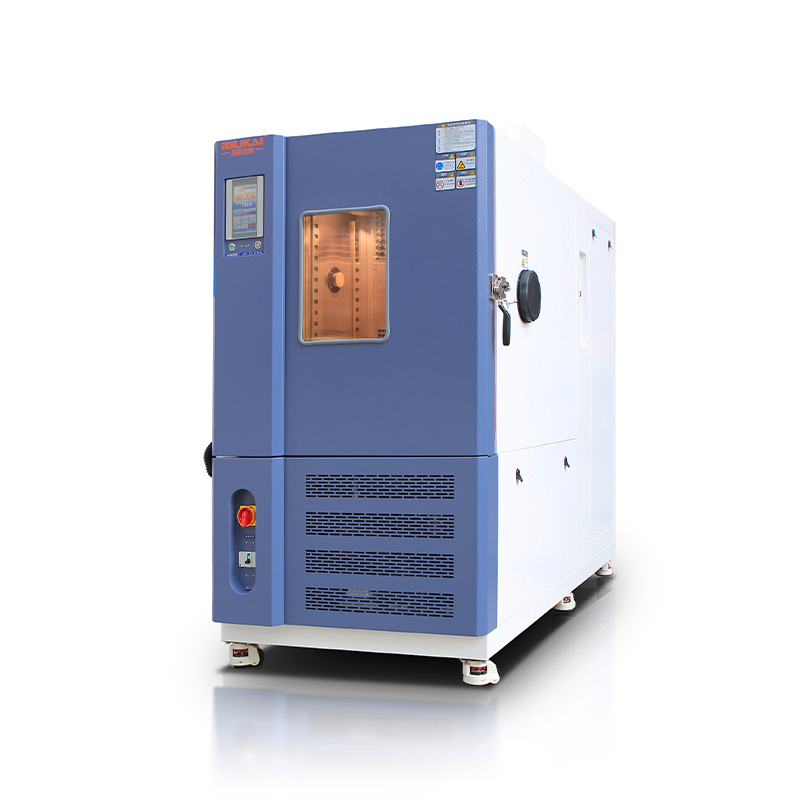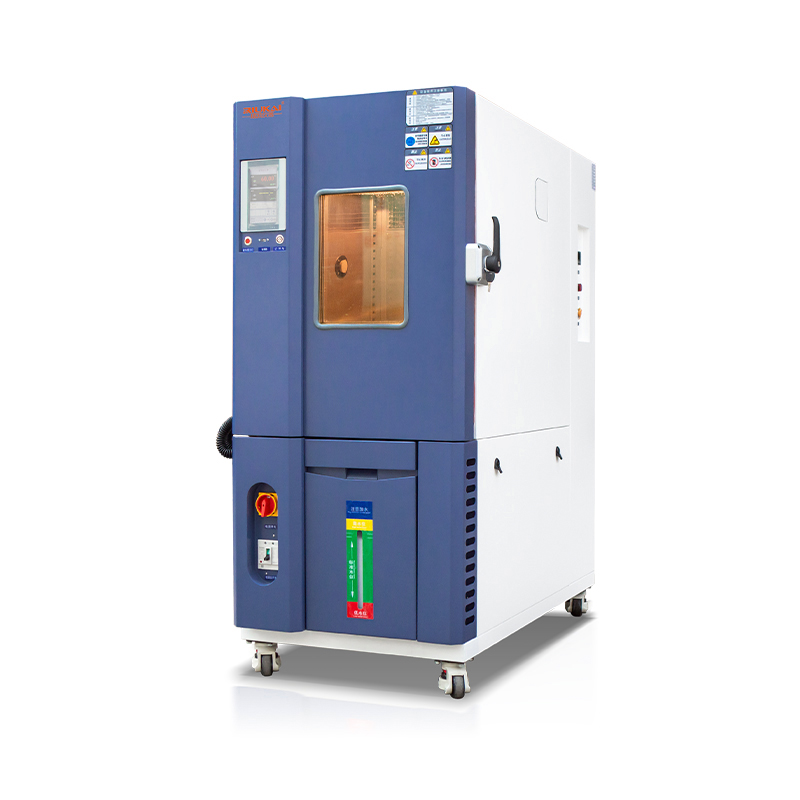Inconsistent environmental conditions can cause product failure, leading to safety risks and financial losses. Temperature chambers provide precise testing to ensure your products meet reliability standards, safeguarding your investments.
Temperature chambers simulate extreme environmental conditions, such as heat and cold, to validate product durability, safety, and performance before deployment, ensuring reliability across industries.
Curious about the role of temperature chambers in product testing? Let’s explore their importance, functionality, and benefits in detail below.
Why is Climate Testing Important?
Climate testing is critical to understanding how products perform under varying environmental conditions. From extreme heat to freezing cold, products are exposed to various stresses during transportation, storage, and usage. Failing to account for these factors can lead to structural damage, performance issues, or complete product failure.
For instance, an electronic device subjected to high humidity may suffer internal corrosion, rendering it non-functional. Similarly, materials like plastics or metals may degrade under prolonged exposure to UV light or extreme temperatures. Climate testing ensures such risks are identified and mitigated before the product reaches the market.
Temperature chambers play a pivotal role in this process by allowing manufacturers to simulate real-world conditions and evaluate their products’ resilience. This not only ensures customer satisfaction but also reduces warranty claims and enhances brand reputation.
Understanding Temperature Chambers
Temperature chambers are specialized equipment designed to replicate various environmental conditions for testing purposes. These chambers create controlled settings where temperature, humidity, and sometimes pressure can be adjusted to mimic real-world scenarios.
Modern temperature chambers come in various sizes, ranging from compact models for small components to walk-in chambers capable of testing larger assemblies or equipment. They are equipped with advanced sensors and controllers to maintain precise conditions throughout the testing process.
The primary goal of a temperature chamber is to assess how a product reacts to temperature fluctuations, ensuring its functionality and durability under stress. By using these chambers, manufacturers can gain valuable insights into potential weaknesses and implement design improvements as needed.
How Do Temperature Chambers Work?
Temperature chambers operate by utilizing advanced heating and cooling systems to simulate a wide range of temperatures. A typical chamber includes the following components:
- Heating System:Generates heat to simulate high-temperature environments.
- Cooling System:Uses refrigeration or liquid nitrogen to achieve low temperatures.
- Control Panel:Allows operators to set specific temperature parameters and monitor the process.
- Sensors:Measure and regulate internal conditions to ensure accuracy.
During testing, the product is placed inside the chamber, and the desired environmental conditions are applied. For instance, a cycle may involve exposing the product to extreme heat followed by rapid cooling. This process helps identify vulnerabilities such as thermal expansion, material fatigue, or electronic malfunctions.
Many chambers also feature additional capabilities, such as humidity control or vibration integration, to provide a more comprehensive analysis of product performance.
Benefits of Temperature Chambers
The use of temperature chambers offers numerous advantages for manufacturers across industries:
- Product Reliability:Testing in temperature chambers ensures products can withstand real-world conditions, reducing the risk of failure.
- Cost Efficiency:Identifying issues during development prevents costly recalls or warranty claims post-production.
- Compliance:Many industries require products to meet strict regulatory standards, which can be achieved through temperature chamber testing.
- Customer Confidence:Reliable, well-tested products enhance customer trust and loyalty.
- Innovation:Testing allows manufacturers to experiment with new materials or designs, fostering innovation and competitive advantages.
Temperature chambers are invaluable tools for maintaining quality and ensuring long-term success in competitive markets.
Industries Utilizing Temperature Chambers
Temperature chambers are widely used across diverse industries, including:
- Electronics:To ensure devices function in extreme climates, such as smartphones in high heat or sensors in freezing temperatures.
- Automotive:To test vehicle components for performance under varying weather conditions.
- Aerospace:To validate the durability of aircraft materials and systems in high-altitude conditions.
- Pharmaceuticals:To confirm the stability of drugs and vaccines under storage conditions.
- Energy:To evaluate solar panels or batteries exposed to fluctuating temperatures.
These chambers are critical for sectors where product reliability and safety are paramount.
Thermal Testing Chamber Safety Features
Modern temperature chambers are equipped with robust safety features to ensure operator safety and reliable testing results. Some of these features include:
- Overtemperature Protection:Automatically shuts down the system to prevent overheating and potential damage.
- Door Interlocks:Prevents the chamber from operating when the door is open, safeguarding users from exposure to extreme conditions.
- Emergency Stop Buttons:Allows operators to quickly halt operations in case of an emergency.
- Data Logging:Tracks test parameters for accurate reporting and traceability.
- Remote Monitoring:Enables operators to control and monitor the chamber from a safe distance.
These features ensure a safe testing environment while delivering accurate and reliable results.
Conclusion
Temperature chambers are essential for ensuring product reliability by simulating real-world conditions, helping industries create safer, more durable, and high-quality products.Welcome to consult for Catalog and Product. you can contact us at email export@riukai.com.



1-1.jpg)


